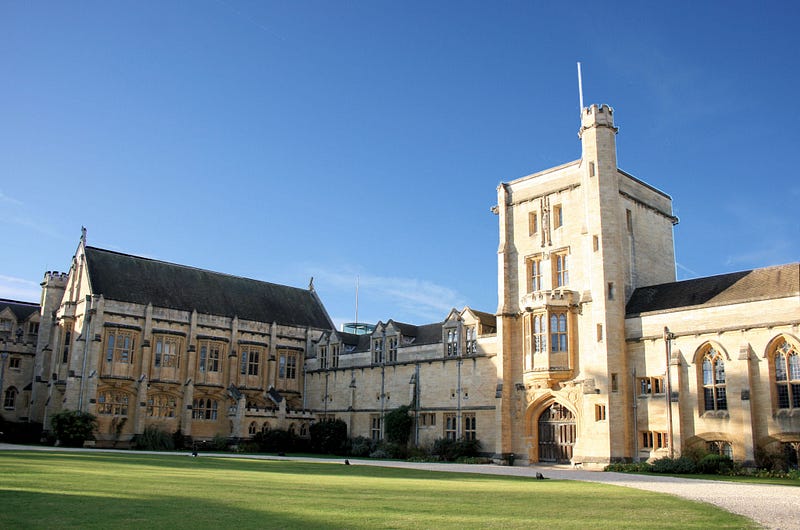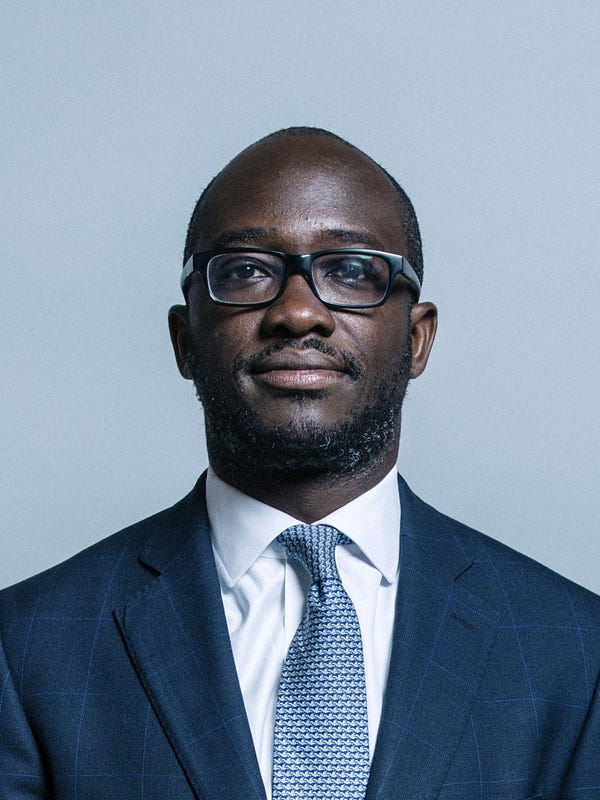Oxford admitted more pupils from Westminster School than black students in 2017, Cherwell can reveal.
49 students from the London independent school accepted offers to study at the University last year, while only 48 black students were admitted.
Cherwell’s analysis of the University’s first-ever undergraduate admissions report also shows that:
- 17 of the top 20 schools for Oxford admissions are fee-paying
- There is still a huge disparity between colleges in terms of access data
- BME students typically apply for the most oversubscribed courses
- Privately-educated students apply for the most undersubscribed courses
Westminster School topped this list: out of 98 students that applied, 54 received offers, and 49 were eventually admitted to the University.
Eton College (45 students), St. Paul’s School (37), and King’s College School (31) were the other fee-paying school to make up the top five.
Peter Symonds College (31), which is a non-selective sixth form college in Winchester, was the only non-independent school in the top five.
Hills Road Sixth Form College in Cambridge (26) and Pate’s Grammar School (17) were the only other non-fee-paying schools to send more than 15 students to Oxford last year.
However, the University did not give a breakdown of school types other than ‘state’ and ‘independent’ in its print report, despite the University of Cambridge releasing that data earlier this month. A spokesperson said that more specific data would be released online.
London and the South East account for 47.9% of the University’s 2015–17 intake, despite the regions comprising just 26.6% of the UK’s population.
Meanwhile, there was a particularly disproportionately small number of students admitted from Scotland.
Students from the North East are disproportionately successful in their applications, with 24.7% of those who applied from the region between 2015 and 2017 gaining places.
Meanwhile, students from Northern Ireland, Scotland, and Wales were comparatively unsuccessful: pupils based at schools in those regions took up places in just 17.3%, 17.8%, and 18.4% of applications.
Demographic disparity
The report shows that the number of Black and Minority Ethnic (BME) students admitted to Oxford rose from 13.9% in 2013 to 17.9% in 2017, but that black students are still underrepresented.
The number of UK-domiciled BME applicants to the University has increased by 38% in the same time.
The disparities between colleges in terms of their access data remain vast.
While BME students made up 20.3% of the total UK students admitted to Keble College between 2015–17, this figure was just 10.8% at St Edmund Hall in the same period.
Of the 120 black students admitted to the University between 2015 and 2017, only one was admitted to Corpus Christi College, while seven other colleges — Balliol, Exeter, Jesus, Magdalen, New College, Univ, and Worcester — admitted just two.
Course choices
State educated students in the UK apply disproportionately for the most oversubscribed subjects.
Between 2015 and 2017, 35% of state applications were for five of the most oversubscribed subjects at the University — Economics and Management, Medicine, PPE, Law, and Mathematics — while only 29.8% of independent applications were for the same subjects.
Conversely, 21% of applications from independent schools were for five of the most undersubscribed subjects — Classics, Music, Modern Languages, Chemistry, and English — compared with 16% of state applications.
77.8% of the students admitted for Computer Science in that time period were state-educated, while 71.1% of Classics students attended independent schools.
College splits
Mansfield College continues to blaze the trail for state school admissions, with 88.2% of its 2015–17 intake coming from state schools.
At the other end of the scale, state-educated students made up less than half of the intake at six colleges — Exeter, Keble, Magdalen, St Peter’s, Queen’s, Trinity.
Trinity was the lowest of all, with just 41.1% of its intake (81 students) attending state schools. Its state intake was 6.1 percentage points lower than at any other college.
In 2017, the college’s senior tutor and and tutor for admissions Lucinda Rumsey said: “How we got where we are is partly that we started a long time ago.
“We decided nearly 20 years ago to run a project to encourage students from further education colleges to apply to Oxford. We formed a consortium with several other Oxford colleges and extended the outreach project to sixth form colleges.”

Disability disparities
The number of students declaring a disability on application, and the number of those students being admitted has been increasing annually since 2013.
In 2017, 7.7% of the University’s intake had declared a disability on application, compared to 5.6% in 2013.
However, disabled students still made a much smaller proportion of Oxford’s 2017 intake than Russell Group universities and all UK universities. According to the report’s data, 13% of all UK universities’ 2015 intake declared a disability, while 11% of all Russell Group universities’ intake had declared a disability.
Reaction
In response to the report, the University has announced a 50% expansion of its Uniq spring and summer schools, which will cost £150 million.
Vice chancellor Louise Richardson said: “Uniq is a wonderful example of what can happen when bright students are given the chance to realise their potential, increase their confidence and raise their aspirations.”
The expansion will be jointly funded by the University and by a joint donation from businessman Sir Michael Moritz and his wife, novelist Harriet Heyman.
Universities Minister Sam Gyimah said: “This Government has introduced new measures that will require all higher

education institutions to publish data on disadvantaged groups in the future including on admissions, but I welcome Oxford University’s action in pre-empting this and being transparent and open. Data like this shines a light on those who need to do more to increase access for disadvantaged and underrepresented groups.
“Next year universities will spend around £860 million on measures to improve this type of access and retention of disadvantaged students, so I want to see progress and action that goes beyond just data, particularly at our most selective institutions.
“To support this I have asked the Office for Students to work with the sector to ensure that expenditure in this area is backed by evidence, ensuring greater value for money on their spending.”
This article was edited to clarify that Peter Symonds College is a non-selective sixth form college and not an independent school.
Reporting by Oscar Baker, Fred Dimbleby, Ryan Gould, Isabel Morris, Greg Ritchie, and Matt Roller


